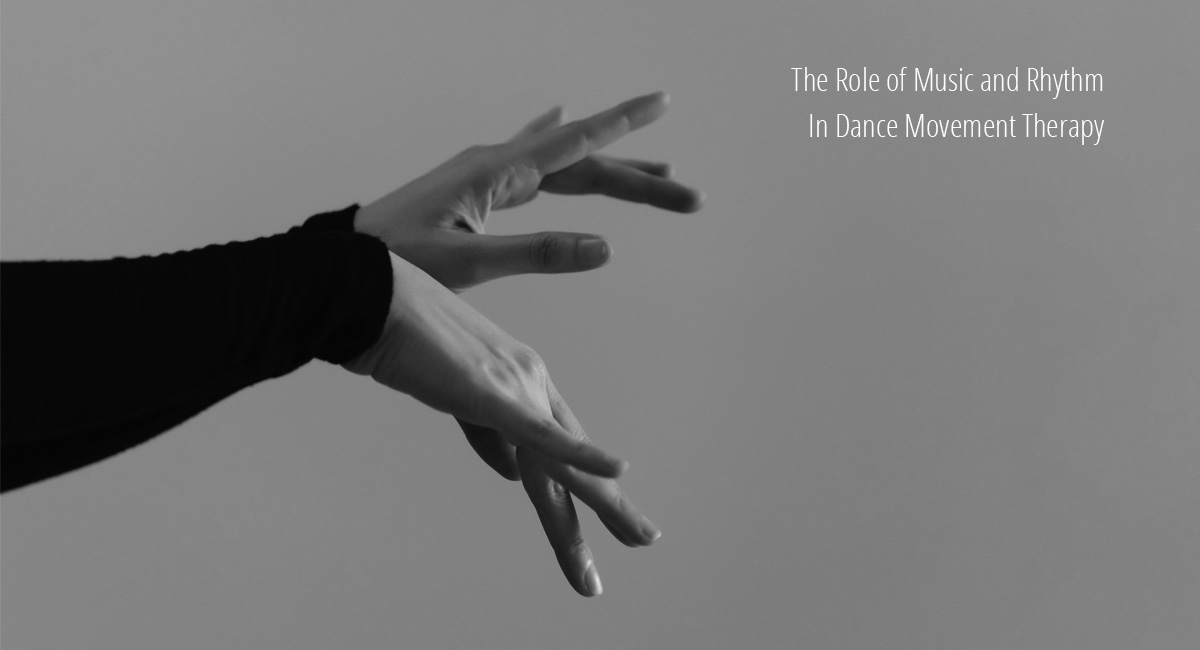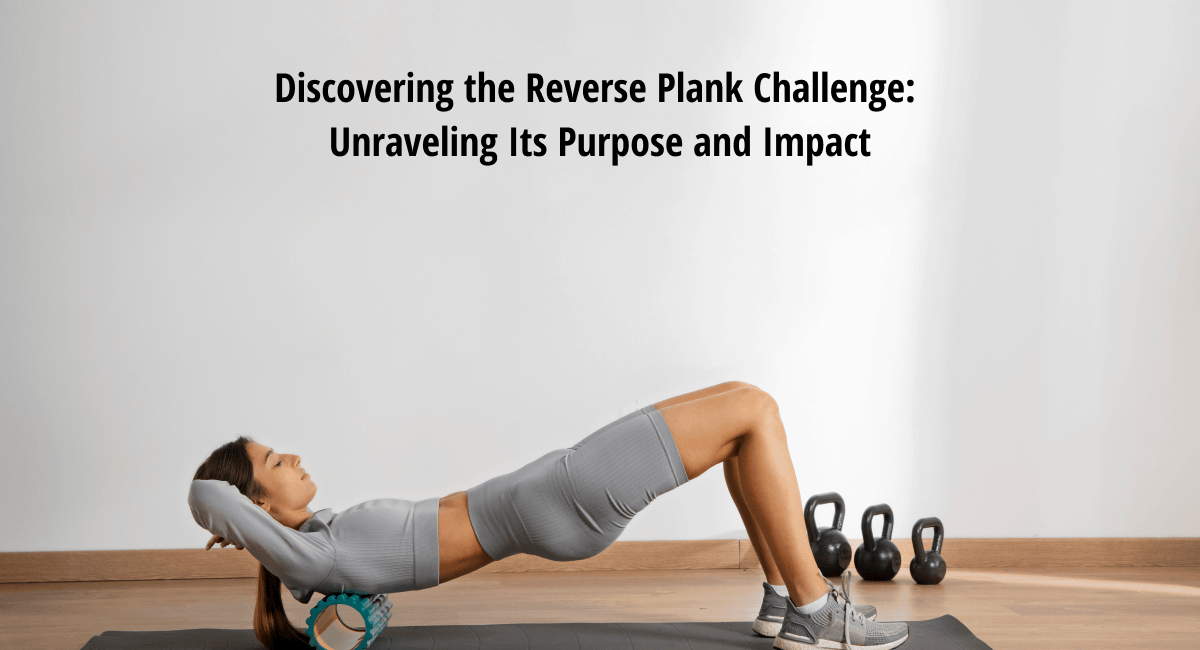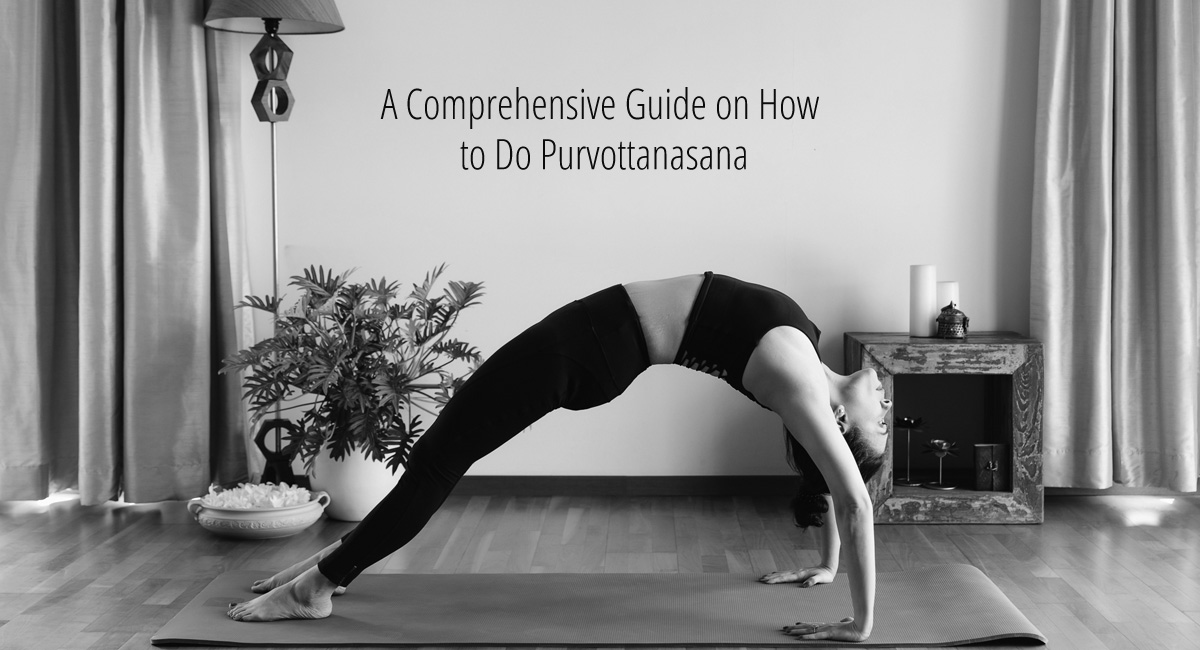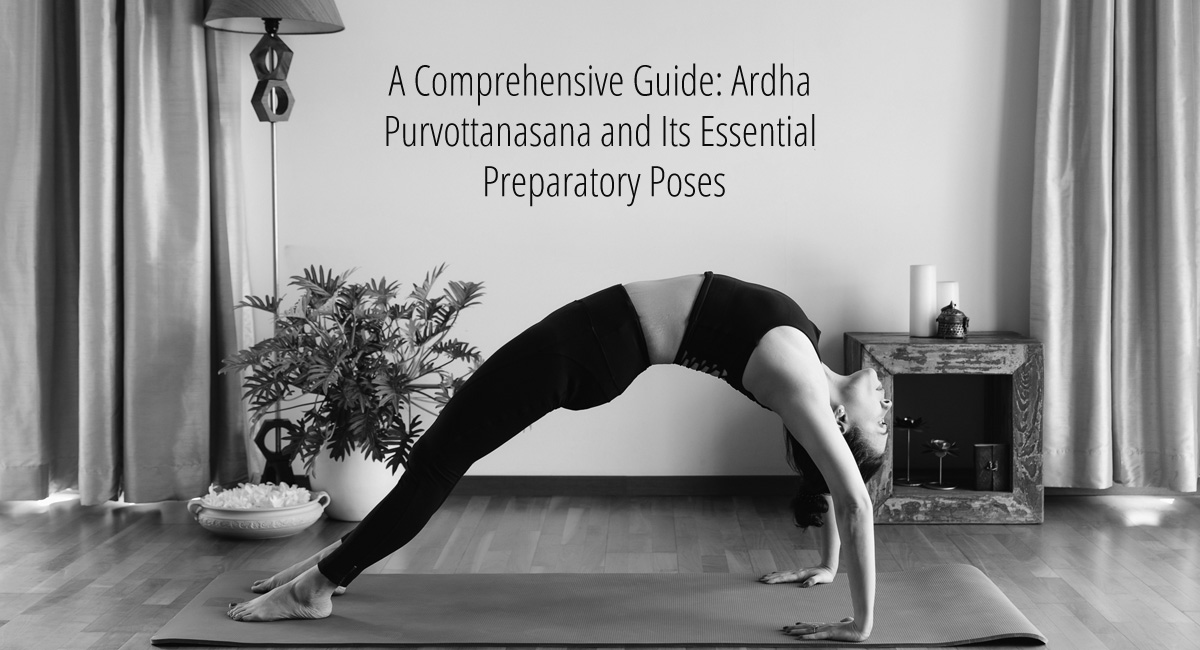
The Role of Music and Rhythm In Dance Movement Therapy
Table of Contents
What is Dance Movement Therapy (DMT)?
Dance Movement Therapy (DMT) is a form of expressive therapy that combines dance and movement with psychological and emotional healing. It is a holistic approach that integrates the mind, body, and spirit to promote self-awareness, emotional well-being, and personal growth. DMT is based on the premise that movement and dance have the power to enhance self-expression, improve communication, and facilitate emotional release.
How Can Music and Rhythm be Used in DMT?
Music and rhythm play a crucial role in DMT as they serve as the foundation for movement and expression. The rhythmic patterns and melodic elements in music have a profound impact on the body and mind, enabling individuals to connect with their emotions and express themselves in a nonverbal way. The combination of music and movement in DMT allows for a deeper exploration of thoughts, feelings, and experiences.
Benefits of Music and Rhythm in DMT
1. Improved Self-Expression:
Music and rhythm provide a safe and non-judgmental space for individuals to express themselves freely. They can communicate emotions, memories, and experiences that may be difficult to put into words. Through movement, individuals can embody their emotions and release them in a cathartic and therapeutic manner.
2. Increased Body Awareness:
Music and rhythm help individuals become more attuned to their bodies. The beat and tempo of music guide movement, allowing individuals to connect with their physical sensations, explore different gestures, and develop a deeper understanding of their bodies. This increased body awareness can lead to a better understanding of one’s emotions and overall well-being.
3. Reduced Stress and Anxiety:
Engaging in DMT with music and rhythm has been shown to reduce stress and anxiety levels. The soothing melodies and rhythmic patterns of music have a calming effect on the nervous system, promoting relaxation and a sense of inner peace. The combination of movement and music also releases endorphins, which are natural mood enhancers that can alleviate stress and anxiety.
4. Improved Mood and Emotional Regulation:
Music has a powerful impact on emotions. It can evoke feelings of joy, sadness, excitement, or calmness. In DMT, individuals can explore and regulate their emotions through movement in response to different musical cues. This process helps individuals gain better control over their emotional states and develop healthier coping mechanisms.
5. Enhanced Social Skills:
Music and rhythm create a communal and inclusive atmosphere in DMT sessions. Group dances and synchronized movements promote a sense of unity and connectedness among participants. Collaborative dancing encourages social interaction, empathy, and cooperation, fostering the development of social skills and enhancing interpersonal relationships.
6. Increased Creativity and Imagination:
Music and rhythm inspire creativity and imagination in DMT. The rhythmic structure of music encourages individuals to explore various movement possibilities, experiment with different gestures, and create unique choreographies. This creative process not only fosters self-expression but also stimulates cognitive abilities and problem-solving skills.
Types Of Music And Rhythm Used in DMT
1. Live Music:
Live music in DMT sessions involves musicians playing instruments or singing in real-time. The spontaneity and improvisation of live music create an interactive and dynamic experience. The musicians can respond to the movements and emotions of the participants, tailoring the music to their needs, and enhancing the therapeutic process.
2. Recorded Music:
Recorded music is a commonly used tool in DMT. Therapists select specific songs or playlists that resonate with the themes or emotions being explored. Recorded music offers consistency and allows therapists to curate a diverse range of music styles and genres that can cater to the needs and preferences of different individuals.
3. Improvisational Music:
Improvisational music involves creating music in the moment, based on the movements and energy of the participants. This form of music encourages individuals to express themselves freely and respond intuitively to the music. Improvisational music promotes spontaneity, exploration, and a deeper connection between movement and sound.
4. Structured Music:
Structured music refers to music with clear beats and rhythmic patterns. It provides a solid foundation for movement, allowing individuals to synchronize their actions with the music. Structured music is often used to guide specific therapeutic exercises or choreographed sequences, facilitating the integration of movement and therapeutic goals.
How Music and Rhythm are Used in DMT Sessions
In DMT sessions, music and rhythm are integrated into various activities and exercises. Therapists may guide individuals through free movement improvisations, structured dances, or guided imagery exercises, all accompanied by carefully selected music. The tempo, dynamics, and style of the music are adapted to support the therapeutic goals of the session and the needs of the participants.
Conclusion
The integration of music and rhythm in Dance Movement Therapy offers a unique and powerful approach to healing and personal growth. The combination of movement and sound provides a means of self-expression, emotional release, and exploration of the mind-body connection. Through DMT, individuals can experience improved self-awareness, reduced stress, enhanced social skills, and increased creativity. Music and rhythm serve as catalysts for transformation, fostering holistic well-being and facilitating the journey towards self-discovery.
Are you ready to experience the transformative power of Dance Movement Therapy? Take the first step towards self-discovery and emotional well-being. Enquire now to explore the world of DMT and embark on a journey of healing through movement and music.

I am a Pune based artist, Kathak dancer, Dance Movement Therapist, and an avid Yoga practitioner/ teacher. I am also the Director at the Sakal Media Group, a Trustee of Pune Blind School and Nirdhar Trust.
Being a part of Sakal Media Group, with its strong foundation of service and ethical journalism, I am deeply committed in making this world a better place by pushing boundaries, giving opportunities to others, following my convictions, helping others make better choices and to tell powerful stories that will help reshape the world we live in.





